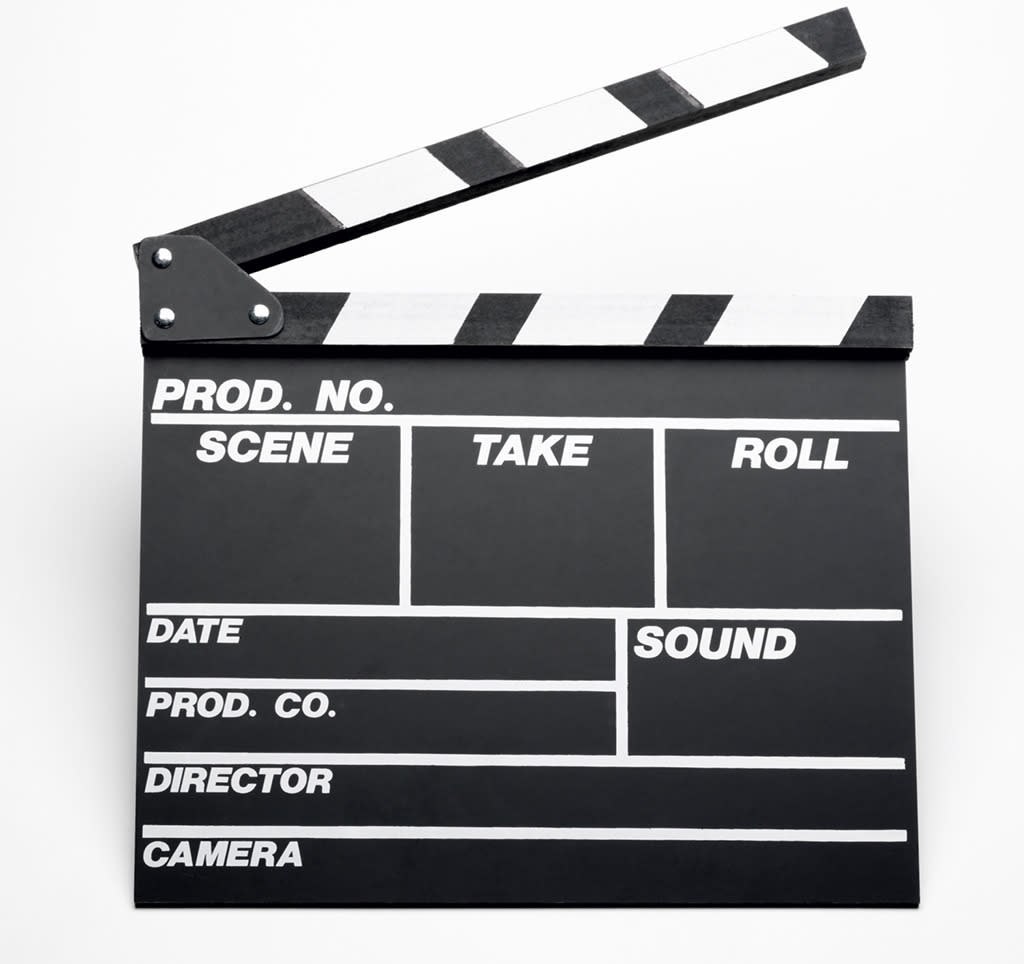New Study Shows Just How Few Big Movies Are Directed by Women

By Brent Lang, Variety
Jennifer Lawrence is speaking out about the pay gap for actresses. Federal authorities are investigating possible gender discrimination throughout Hollywood. And stars like Ashley Judd are going public about the sexual harassment they faced while breaking into the movie business.
Despite all the debate around the lack of opportunities for women, the film industry continues to be dominated by men, new research shows. In 2014, 85% of films had no female directors, 80% had no female writers, 33% had no female producers, 78% had no female editors and 92% had no female cinematographers, according to the Center for the Study of Women in Television and Film at San Diego State University.
The study’s author, Dr. Martha Lauzen, has been examining the representation of women both in front of and behind the camera for two decades. She says that she’s noticed that the topic is receiving greater media attention than when she started crunching the numbers, but also notes that the status quo has remained stubbornly resistant to change.
Related: Jennifer Lawrence Blasts Gender Pay Inequality in Hollywood: ‘F— That’
“The cultural zeitgeist at the moment is very concerned with providing more people with more opportunities, but the numbers have yet to move,” said Lauzen. “We’re getting a lot of public dialogue about the issue as actors like Patricia Arquette and Meryl Streep speak up, but we haven’t seen that groundswell result in higher numbers.”
It’s certainly an issue that’s getting a lot of attention. Lawrence’s essay documenting her outrage about being paid less than her male co-stars on American Hustle got endorsements from the likes of Jessica Chastain and Bradley Cooper, and led to extensive coverage.
The problem of discrimination has also attracted interest from the Equal Employment Opportunity Commission. The federal agency has been setting up interviews with industry figures to try to find out why women directors are not better represented in the business.
Although Lauzen believes those moves could change things in time, she’s disappointed that women don’t appear to be getting the same opportunities on film sets as their male counterparts. The center usually delves into the subject of below-the-line employment for women on an annual basis, but this year its broadened its research. Instead of focusing on just the 250 top grossing films, researchers looked at the 700 highest-grossing productions, which comprise nearly every film that scored a theatrical release. It found that there were more women employed on lower budgeted, lower grossing productions.
Women comprised 13% of directors on the top 700 films, but just 7% on the top 250 films. They made up 13% of writers on the top 700 films, and 11% on the top 250 films. And 27% of producers on the top 700 films were female, while 23% on the top 250 films were female. And women accounted for 9% of cinematographers on the top 700 films, but 5% of cinematographers on the top 250 pictures. The number of female editors stayed consistent at 18% in both test samples.
Related: Ashley Judd Reveals Sexual Harassment by Studio Mogul
“There may be some bias at work,” said Lauzen. “On independently produced films there is the perception of there being lower risk. I think there is a notion that women are not being hired as directors on big films because they are somehow riskier hires. The problem is that’s not how Hollywood works. There’s a growing list of male directors who are relative newbies and are placed at the helm of $100 million-plus films with little feature experience.”
The lack of women making hiring decisions leads to a less diverse workforce. Evidence suggests that women in positions of power are more likely to employ other women. On films with female directors, women comprised 52% of writers, 35% of editors and 26% of cinematographers. When men directed, the number of female writers shrank to 8%, editors fell to 15% and cinematographers dropped to 5%. The same is true for directing opportunities. Women comprised 20% of directors on projects where at least a third of the producers were female, but just 7% of directors when the representation of female producers fell below that percentage.
The center’s study is only focused on 2014. That means that some more recent, high-profile examples of behind-the-camera success have not been taken into account. In the past few months, Elizabeth Banks scored one of the summer’s biggest box office hits directing and producing Pitch Perfect 2, director Sam Taylor Johnson guided Fifty Shades of Grey to a global gross of nearly $570 million, and director Sarah Gavron and writer Abi Morgan have turned Suffragette into a bonafide Oscar contender. But Lauzen cautions that these women’s accomplishments aren’t necessarily indicative of a wider change.
“Large industries don’t tend to turn on a dime,” she said. “We can’t rely on a few anecdotal cases to let us know how the situation is for all women.”

